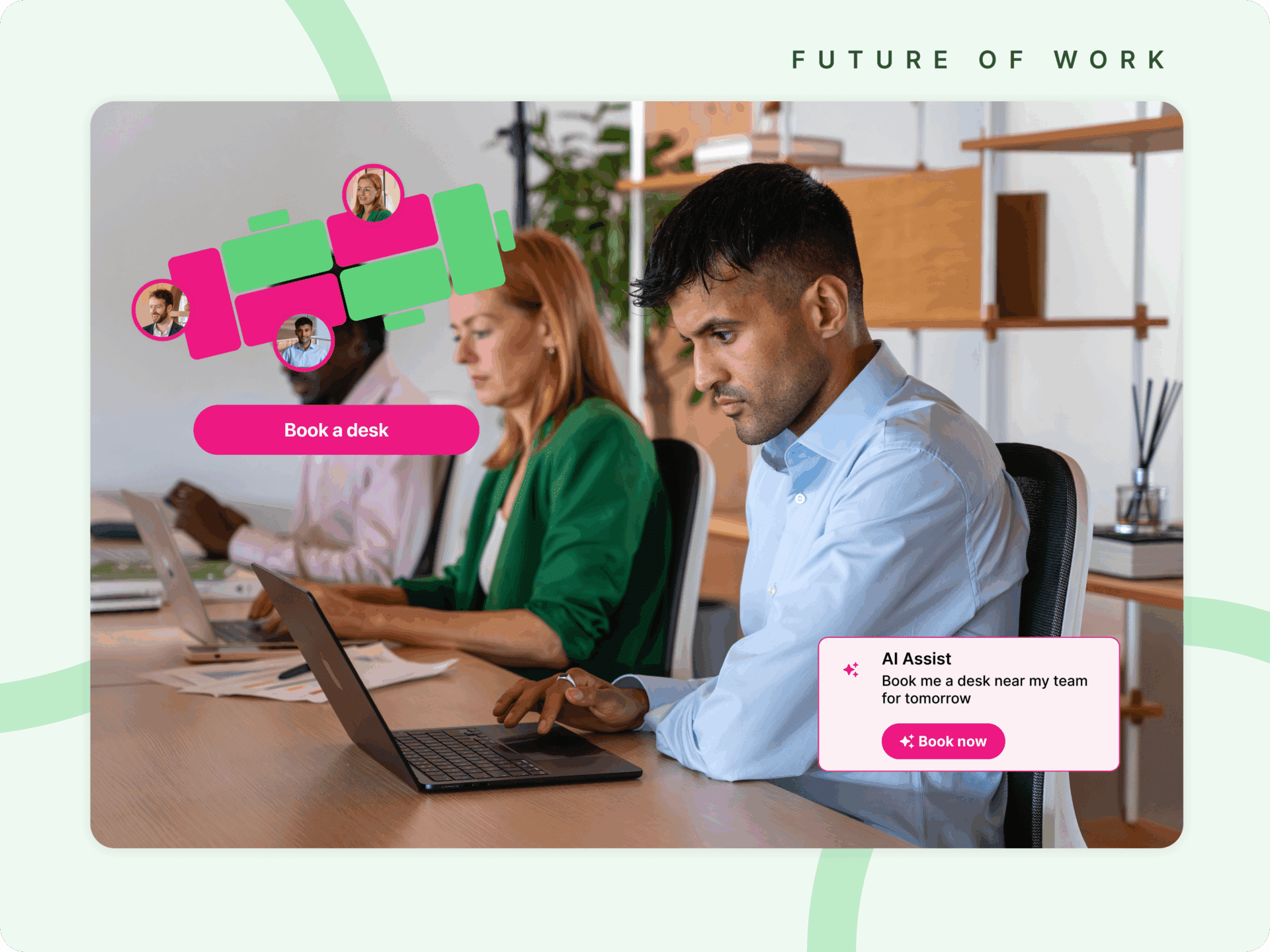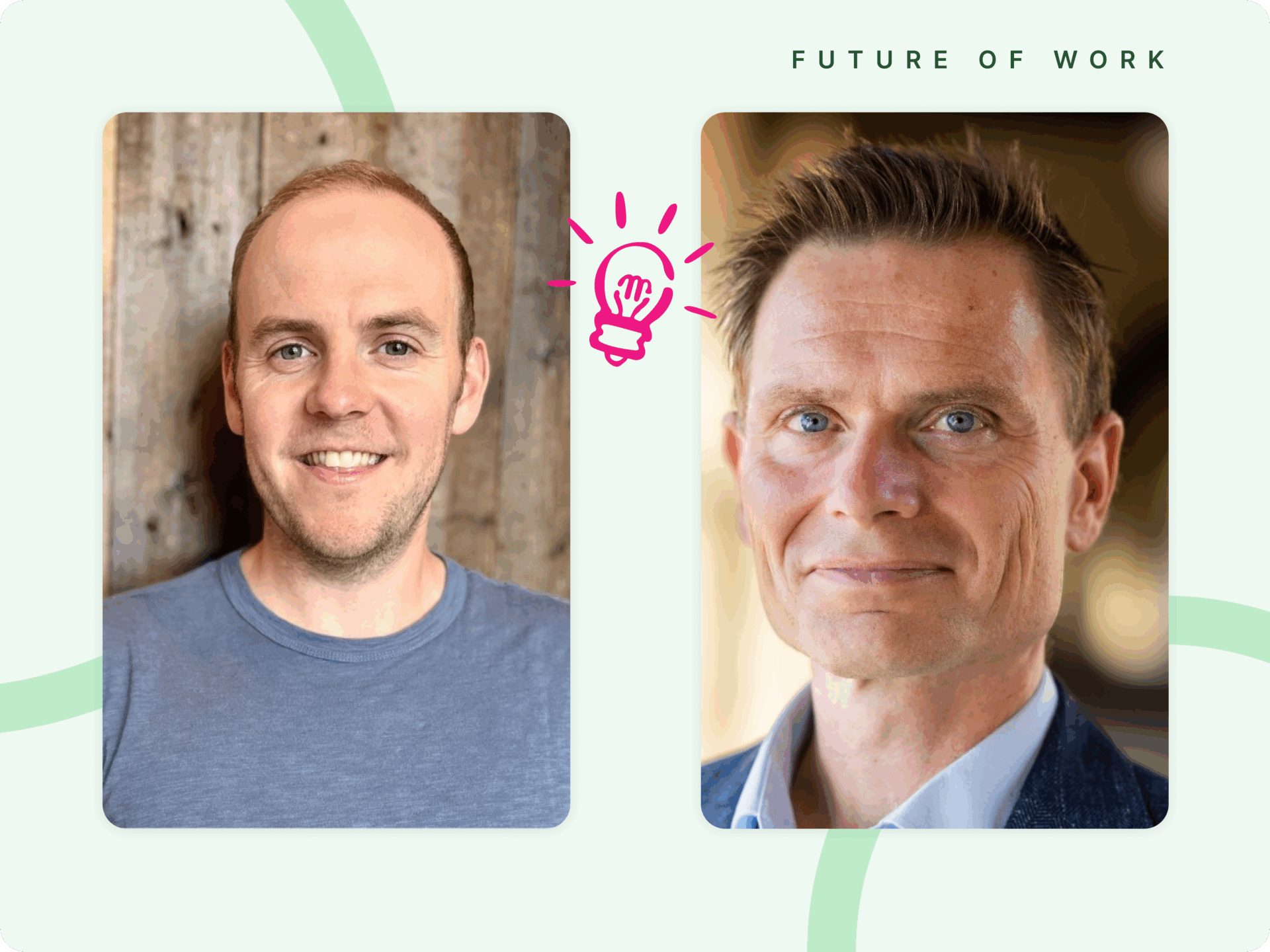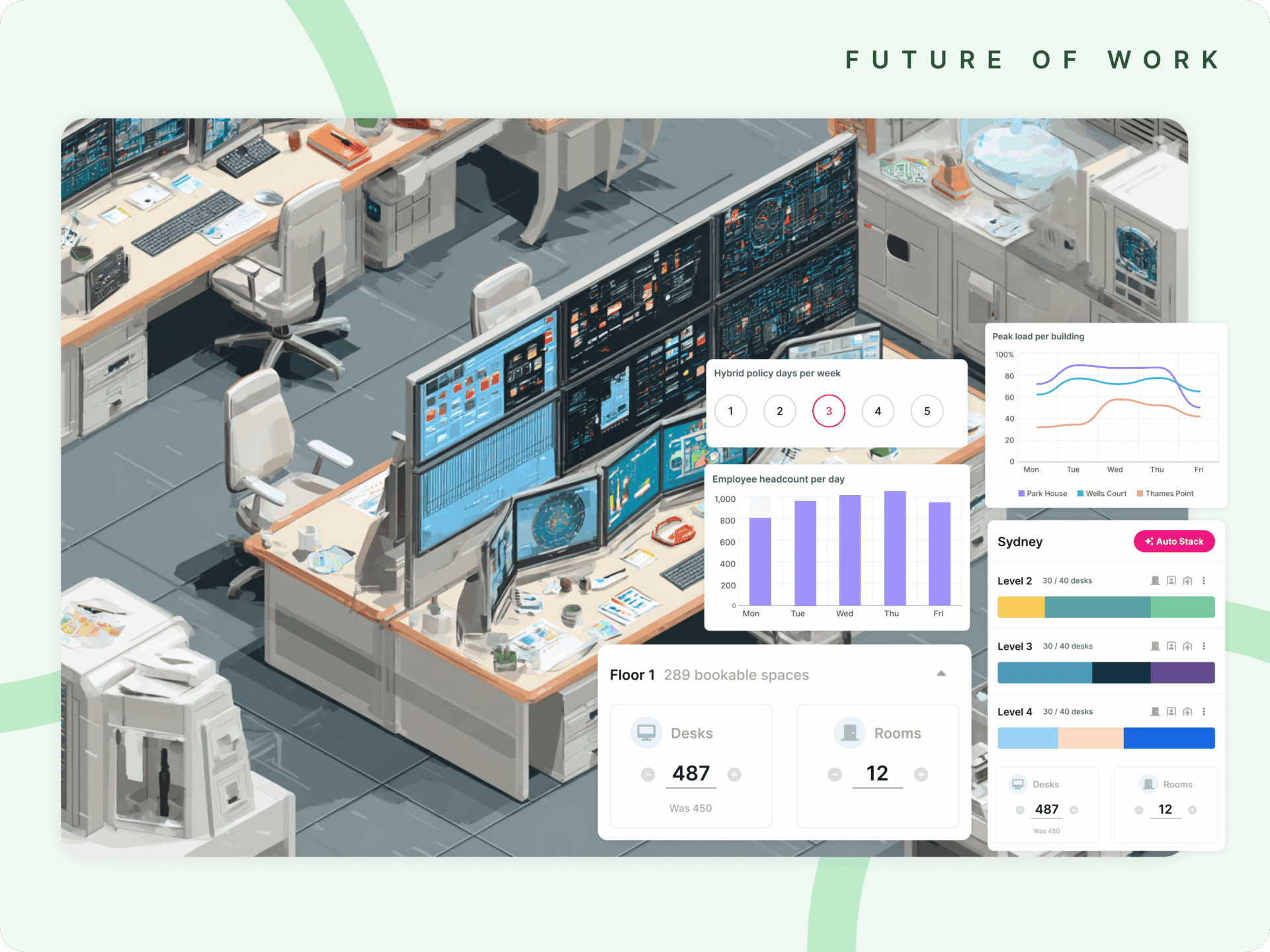The sun never sets on modern work. According to Microsoft, we’ve entered the era of the infinite workday.
With teams stretched across global time zones and Slack statuses blinking late into the night, today’s workday doesn’t start at nine or end at five. It loops endlessly. One manager’s wrap-up becomes another’s morning check-in. One timezone’s “quick ping” becomes another’s “after-hours emergency.”
But just because work can happen anytime doesn’t mean it should happen all the time. High-performing teams aren’t built on availability. They’re built on intentionality.
Nature Doesn’t Work 24/7. Neither Should We.
Nature follows rhythms. Tides, seasons, light and dark. Humans are wired the same way. Our best work doesn’t come from always-on intensity. It comes from alternating cycles of focus and recovery.
Microsoft’s Human Factors Lab found that back-to-back meetings spike beta waves in the brain, a marker of stress. Just introducing short breaks between meetings significantly lowers stress levels and improves cognitive performance.
This isn’t about hustle culture or burnout. It’s about biology. The future of work won’t be decided by how many hours we’re online. It will be shaped by how intentionally we manage energy, focus, and time.
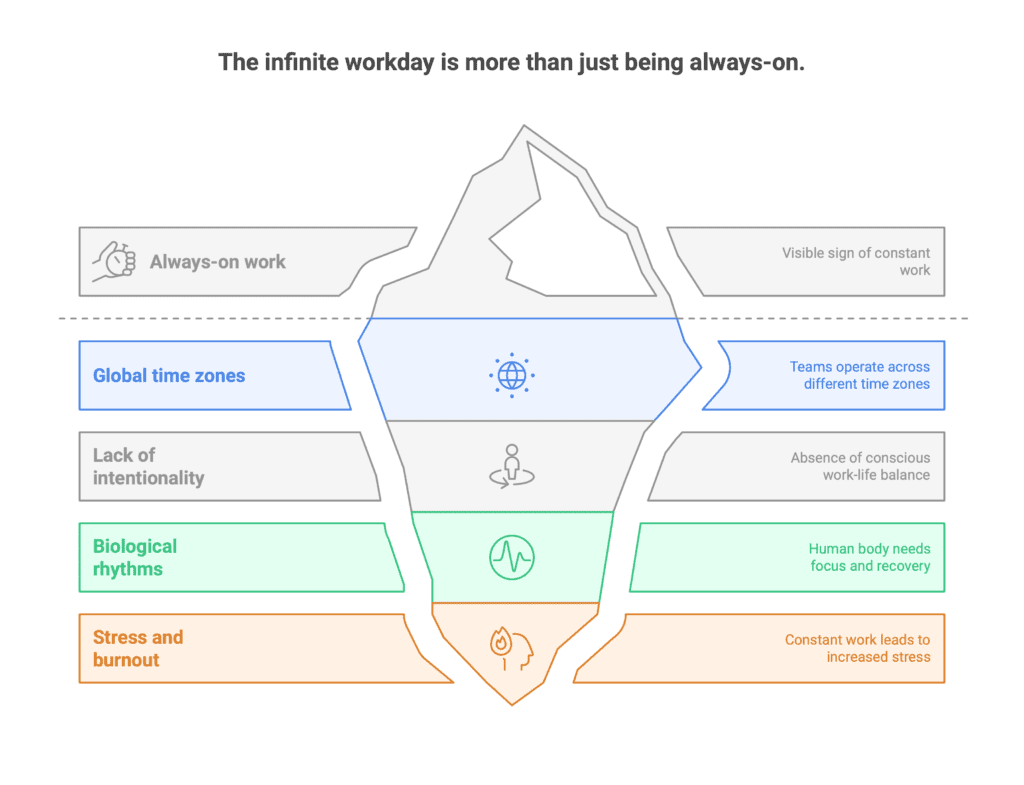
The Real Problem Isn’t Remote Work. It’s Uncoordinated Work.
The challenge isn’t that people are working remotely. It’s that they’re working out of sync.
Some teams operate asynchronously. Others expect real-time responses. And in between, employees find themselves constantly checking notifications, never fully “on” and never fully “off.” This gray zone is where stress builds and performance dips.
When teams don’t coordinate how and when to work together, employees end up stretching themselves to cover every possible gap. And when leaders confuse presence with productivity, the result is always-on availability without real output.
The Myths Behind the Infinite Workday
The rise of the infinite workday has given way to several widespread assumptions. But many of them don’t hold up under scrutiny.
Myth 1: Longer Hours Equal Higher Productivity
Extending work hours doesn’t necessarily lead to better results. Studies show that employees are truly productive for only about 2.8 hours in an average 8-hour workday, with the rest consumed by distractions and low-value tasks.
Myth 2: Remote Work Destroys Work-Life Balance
Flexibility doesn’t automatically lead to burnout. Many remote workers actually protect their boundaries more rigorously, using tools and team norms to manage availability and preserve personal time.
Myth 3: Being Always-On Demonstrates Commitment
Staying constantly connected isn’t a sign of dedication. It’s often a symptom of poor coordination. Always-on cultures lead to stress, decreased job satisfaction, and lower long-term performance.
Myth 4: Multitasking Enhances Efficiency
Trying to do everything at once dilutes attention and increases error rates. High-performing teams prioritize focus and design work blocks that enable deep thinking—not distraction.
These myths are easy to fall for. But they’re holding teams back from achieving sustainable success.
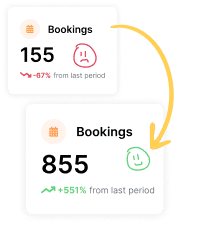
From Chaos to Kadence
The way forward isn’t tighter control. It’s smarter coordination.
At Kadence, we believe teams thrive when they align their schedules, spaces, and rituals around human-centered rhythms—not arbitrary expectations. That means:
- Working in bursts that mirror natural energy cycles
- Protecting time for deep work and intentional rest
- Designing hybrid policies around real collaboration windows, not legacy office hours
When companies use tools like Insights Plus, they stop guessing and start designing hybrid strategies based on real behavioral data. They see when their teams do their best work, who they collaborate with most, and where office presence truly adds value.
That data becomes the basis for a new kind of work rhythm—one that’s not infinite, but intelligent.
The Future Isn’t Always-On. It’s Intentionally Off.
The infinite workday might be trending. But more hours aren’t the answer. Better hours are.
The teams that will outperform over the next decade won’t be the ones who stay online the longest. They’ll be the ones who know when to log off. Who replace burnout with rhythm. Who coordinate, not just communicate.
Because the future of work isn’t about being everywhere at once. It’s about moving in sync.
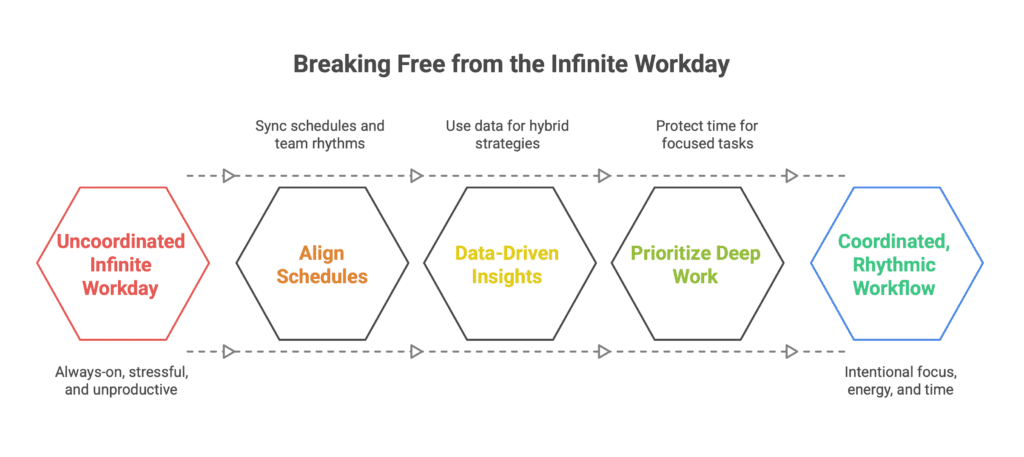
Book a demo with our hybrid experts to design your team’s cadence.



